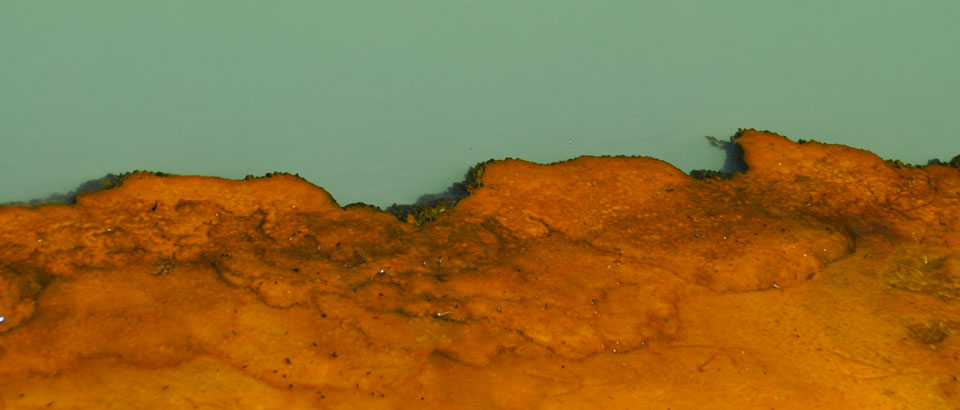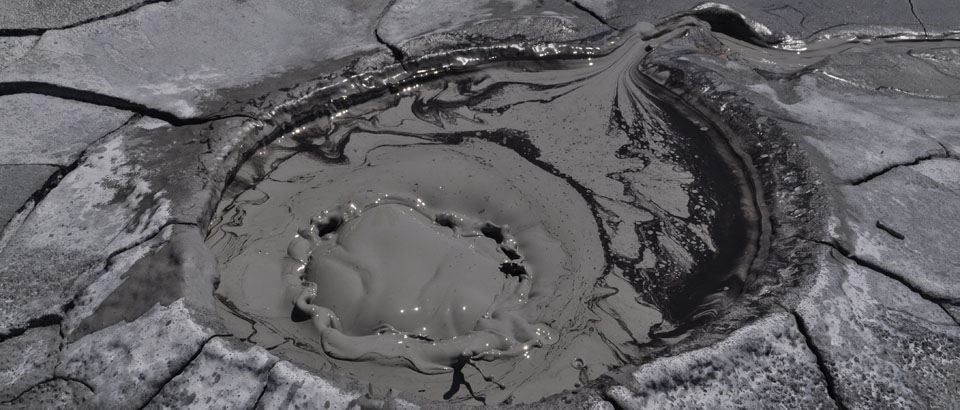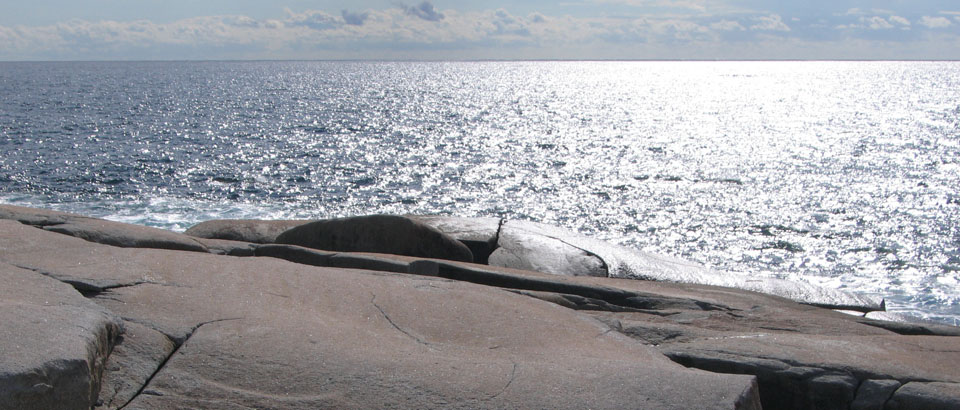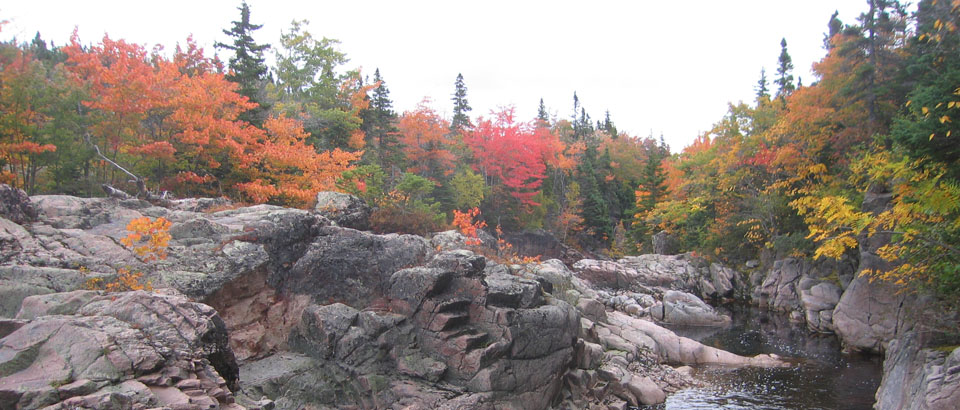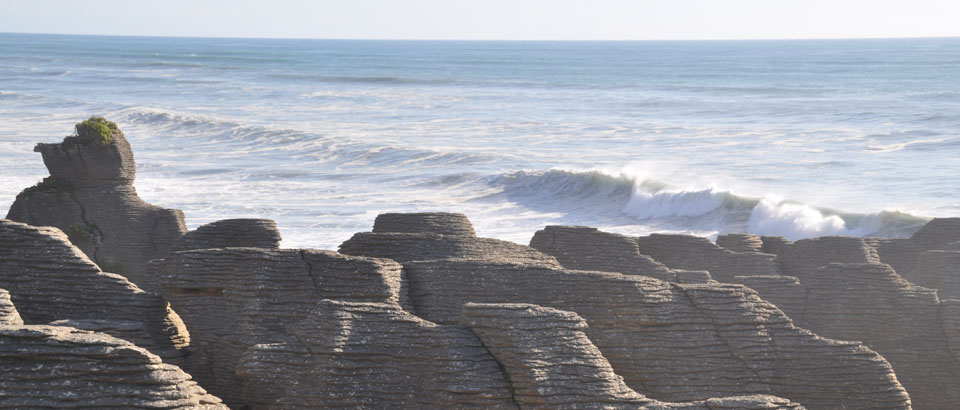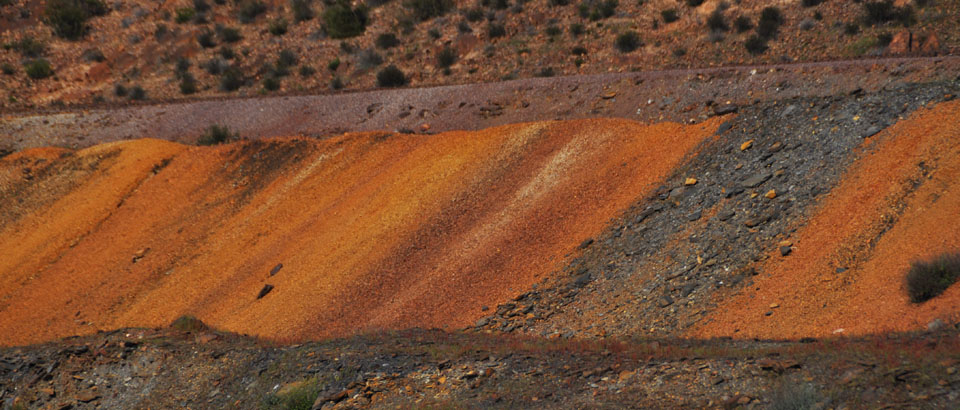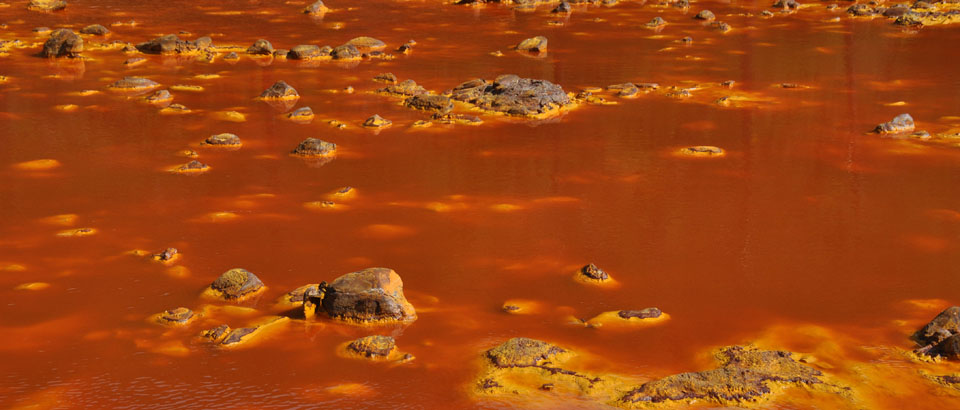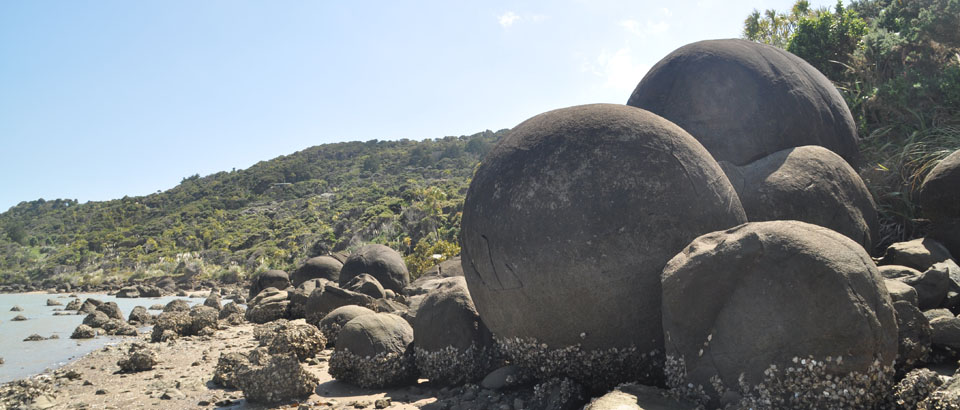Tectonic Plates Come Apart at the Seams. The scars of ancient collisions are the very places where continents rip again. J. Brendan Murphy, Gabriel Gutiérrez-Alonso, R. Damian Nance, Javier Fernández-Suárez, J. Duncan Keppie, Cecilio Quesada, Rob A. Strachan and Jaroslav Dostal. 2008. American Scientist., 129-137. DESCARGAR-DOWNLOAD.
ABSTRACT-RESUMEN
Around the time that the first birds evolved from their reptilian ancestors, between 100 million and 200 million years ago, the Atlantic Ocean was being born. Its creation marked the destruction of the supercontinent Pangea, in which all the land on Earth formed a gigantic, unbroken island surrounded by a worldwide sea. But Pangea isn’t the only supercontinent—just the most recent one. The landmasses we see today have cruised around the globe, smashing together and splitting apart several times over the past 3 billion years. These cycles of amalgamation and dispersal have affected the Earth’s crust and underlying mantle, its atmosphere and climate, and the life it supports.Just as continental collisions form mountains, continental separations form rifts, or ocean basins. Not all oceans, however, are created by the splitting apart of large continental blocks. Some are created when long, narrow “microcontinents” (about the size of New Zealand or Japan) split off from the edge of a continental block and drift away, creating a new ocean basin behind them. Stephen Johnston at the University of Victoria in Canada calls these slender titans “ribbon continents,” and together with the oceans they create, they play a key role in the evolution of the Earth’s crust.
Our team has tracked the formation of an extinct but important body of water, the Rheic Ocean, which came into being about 500 million years ago. The Rheic Ocean formed when two ancient ribbon continents, Avalonia and Carolinia, broke off the northern margin of Gondwana— an ancient, massive continent that included present-day Africa, South America, India, Australia and Antarctica. The continental collision that marked the end of the Rheic Ocean, some 350 million to 300 million years ago, was a seminal event in the assembly of Pangea. Although geologists know which land masses surrounded the Rheic Ocean and have an approximate timeline for its birth and death, until recently we haven’t been able to identify the Rheic Ocean’s margins; or the causes, mechanisms and timing of its initial opening; or why these forces reversed themselves after a few hundred million years and closed up the rift again. These questions are fundamental to geology. Our work shows that the splitting of Avalonia and Carolinia from Gondwana happened along a line of weakened crust left over from a previous cycle of mountain building that took place some 650 million years ago. This finding is important because it suggests that pre-existing weak areas at the edges of a continent control the creation and movement of ribbon continents, thereby influencing where new oceans will form. If we’re right, then our modern geography may reflect a web of ancient weaknesses that formed during successively earlier phases of plate-tectonic activity.


